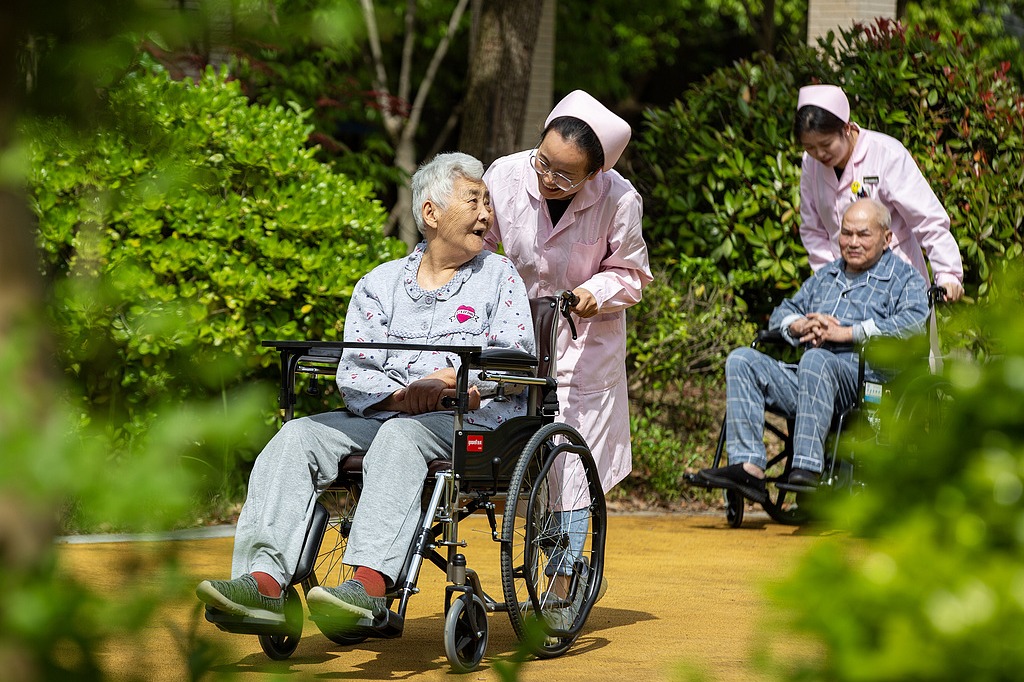Bloomage, Fufeng both boost capacity on surge in aesthetics revolution


Chinese hyaluronic acid enterprises, such as Bloomage Biotech and Fufeng, are stepping up efforts to improve product quality and quantity to meet fast-rising demand both at home and abroad.
Global hyaluronic acid sales in 2024 will hit 1,150 metric tons, with the compound annual growth rate reaching 26.44 percent from 2020, although last year saw a decline in global sales due to the impact of the COVID-19 pandemic, according to a report by Dongguan Securities, citing consultancy Frost& Sullivan.
China accounted for about 80 percent of global sales by weight. Frost & Sullivan predicted the CAGR of China's hyaluronic acid sales will reach 27.37 percent from 2020 to 2024, nearly 1 percentage point higher than the global level.
Zhao Yan, president of Bloomage Biotech, a leading Chinese hyaluronic acid producer, said the company relies on science and technology to improve product quality and enhance brand image to increase competitiveness and become more capable to deal with uncertainties.
"We always feel obliged to leverage advanced technologies to push forward transformation and upgrade of the entire Chinese hyaluronic acid industry," Zhao said, adding that the company has been investing constantly in basic research and applications.
"China has many tech companies that focus on very specific industries that have high technical barriers. As a company operating in the consumption sector, we must look for ways to upgrade products with scientific and technological elements, and deeply involve ourselves in China's establishment of dual-circulation development," she said.
The company owns a set of homegrown key technologies in producing hyaluronic acid through microbial fermentation, which not only improves product quality, but also significantly increases productivity and reduces production costs.
Its yield rate of hyaluronic acid from fermentation has been enhanced every year, from less than 3 grams per liter at the beginning of the company's establishment in 2000, to the current world-leading level of 12-14 g/liter.
It currently sells more than 200 varieties of hyaluronic acid with different specifications, and can produce products with the largest and smallest numbers of molecules in the world.
Hong Kong-listed Fufeng Group Ltd, a bio-fermentation product manufacturer and a major domestic hyaluronic acid producer, also said it has started a 35 million yuan ($5.4 million) project to revamp current hyaluronic acid production lines to lead technological upgrade in the industry.
After the upgrade, the company will significantly reduce costs, improve product quality and expand production capacity, the company said in its 2020 financial report released in April.
The constantly expanding domestic market, due to people's increasing demand for better lives, has provided firm support for growth of domestic players.
Bloomage Biotech said before the pandemic more than half of its raw material products were sold overseas. But now it also sees greater demand from the domestic market.
According to a recent report on China's health industry by the Shenzhen, Guangdong province-based industry research firm Qianzhan Institute, bioactive substances such as hyaluronic acid are increasingly used in a wide range of sectors, including medical treatment, family planning and cosmetics, indicating very promising prospects.
One example comes from the booming aesthetic medicine industry. Already one of the world's largest, China's aesthetic medicine market value stood at 143.6 billion yuan in 2020, and is expected to hit 318.5 billion yuan in 2024, with the compound annual growth rate reaching 17.3 percent, according to Frost& Sullivan.
The aesthetic medicine industry consumes the largest share of pharmaceutical-grade hyaluronic acid in China, accounting for 55 percent in 2019, followed by treatment for orthoptics and ophthalmology, according to Orient Securities.
With annual production capacity of 320 tons, Bloomage Biotech accounted for 43 percent of global output last year, selling raw material products to more than 40 countries and regions including the United States, the European Union, South Korea and Japan.
A new production facility in Tianjin, with designed annual capacity of 600 tons, is expected to further boost its output. The facility completed phase-1 construction in June, and operational capacity is already 300 tons.




































